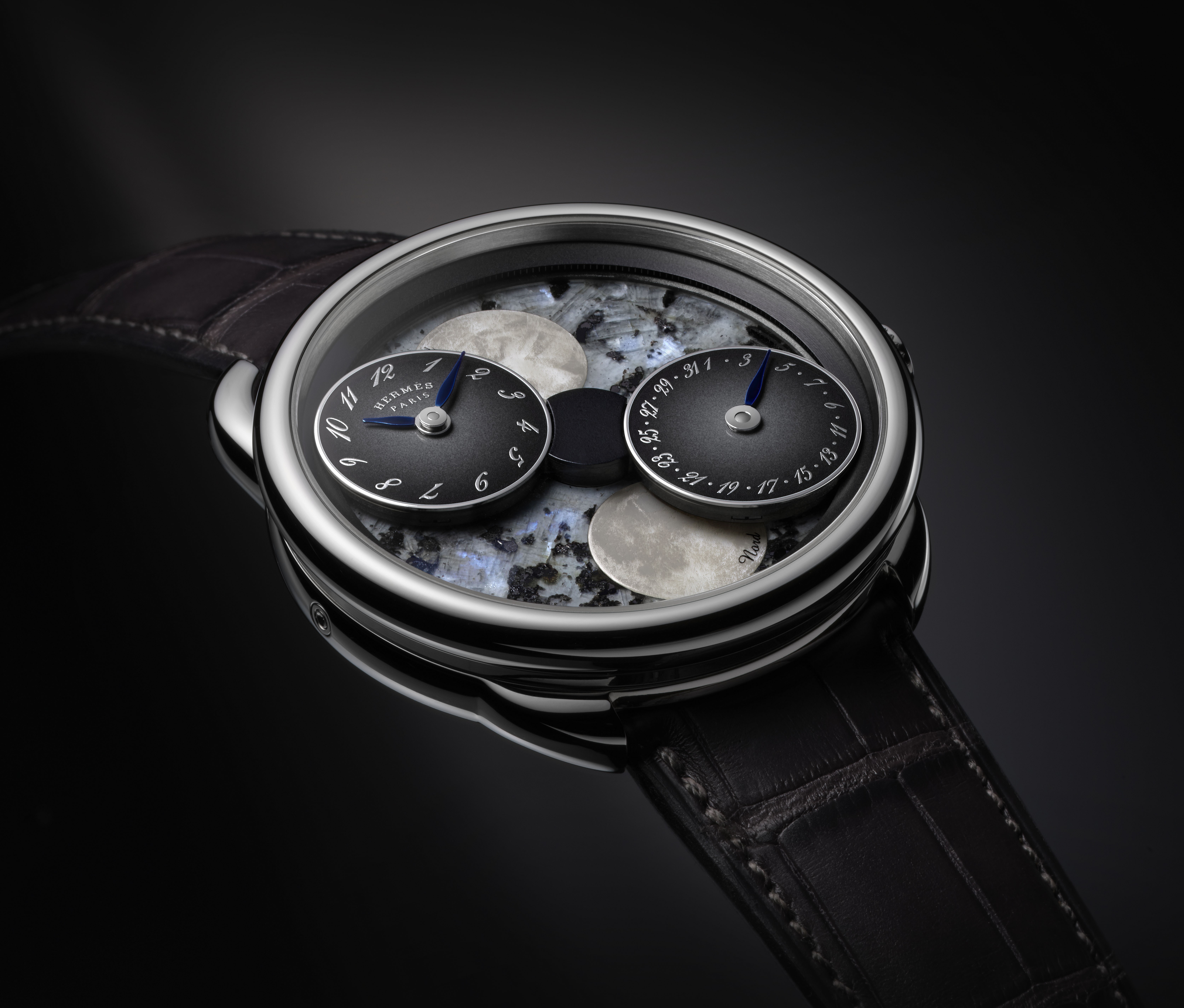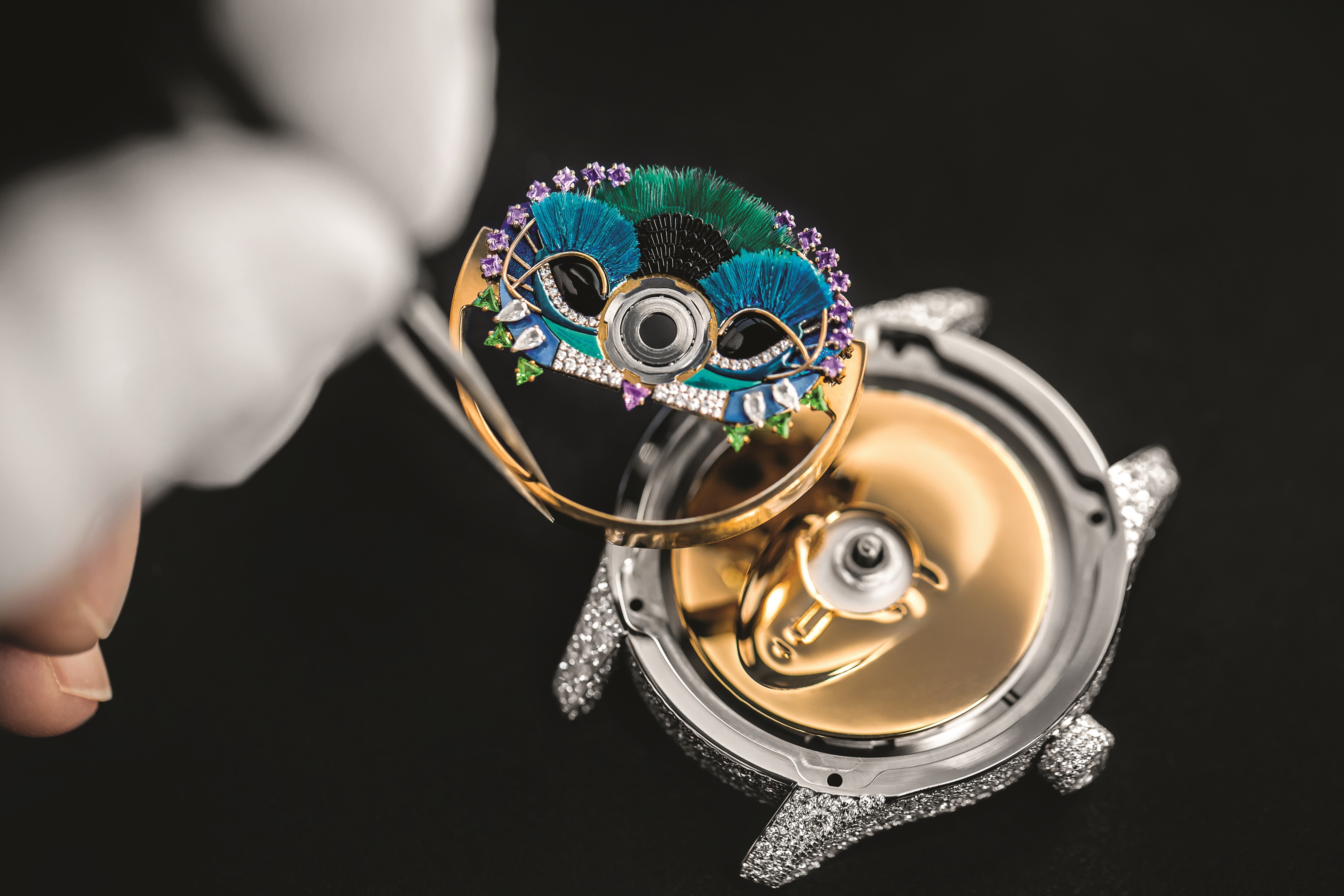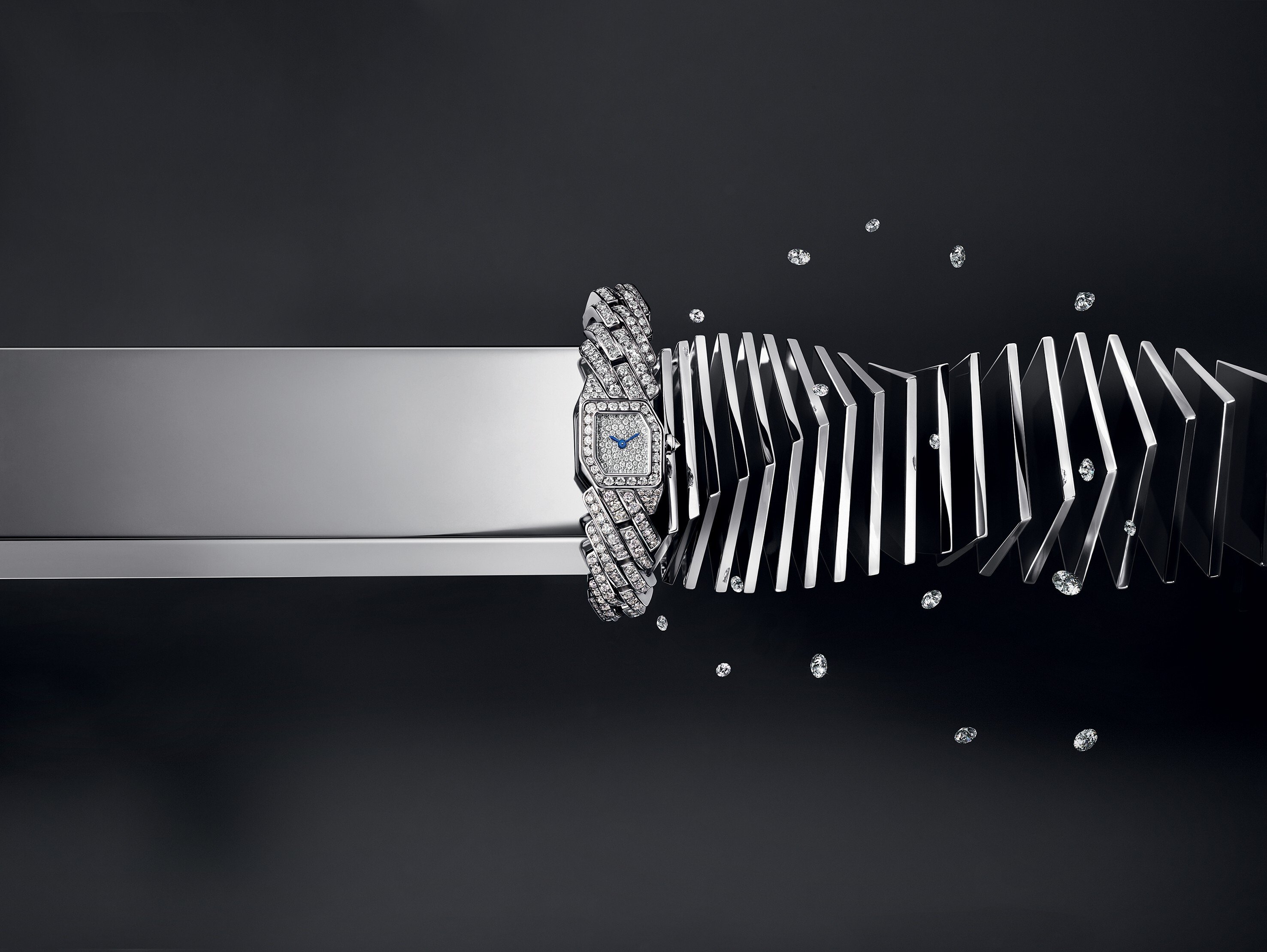Rolex, Piaget, Hermès and Cartier add meteorite rock to their watch dials – keeping time with the cosmos

Semi-precious stone dials are the trend in luxury watches – now thin slabs of meteorite make yet a more exclusive statement
Some years ago there was a trend in “buying” and naming a star. Never mind that the people who arranged this had no right to name anything, Johnny Depp was soon gifted with one, Nicole Kidman’s was named “Forever Tom” and Princess Diana had two bought for her after her death. Such was the allure that thousands of people had their name attached to objects light years across the galaxy, even if those names existed only on some company’s database.
Today, owning an – admittedly much smaller – piece of the universe has become a lot more tangible thanks to innovations by watchmakers. Dials made of thin slabs of meteorite have seen an explosion in popularity in the last few years. They fall into the broader category of semi-precious mineral dial timepieces that highlight the beauty of the materials themselves.

The last time semi-precious stone dials were en vogue was in the late 1960s to the early 1980s, when brands like Piaget and Rolex showcased all the colours of the rainbow, with unique creations using stones such as tiger’s eye and malachite for dials. This time round, the fashion has been fuelled by a genuinely out-of-this-world source material.
Alexandre Ghotbi, head of watches for Continental Europe and the Middle East Director for specialist horology auction house Phillips in Association with Bacs & Russo has watched this spike in demand for (and price of) meteorite. “For the past few years we have seen a growing interest in semi-precious stone dials in vintage and modern watches with a certain modern flair. The one brand that gets the most interest is Rolex – with semi-precious stone dials including meteorite-crafted DayDate, Datejust and Daytona models.”

Rolex’s interest in this unusual mineral continues. The Cellini Moonphase uses the dramatic mineral in an elegant and not too ostentatious way – inset in the starry blue disc that displays the phase of the moon, is an appliqué moon made from a delicate sliver of meteorite. Last year it made the surprising move of releasing a white gold GMT-Master II with a meteorite dial, the first time that model has ever featured such an unusual dial material.
Rolex isn’t alone in understanding the appeal of meteorites. Cartier’s complex Rotonde de Cartier Earth and Moon plays with the interplanetary nature of meteorite dials, using inset discs of the material for the complicated masterwork’s main dial as well as for the moon in the “on-demand” moon phase indicator.
Many watch brands use fragments of large meteors sourced from sites in Namibia and Sweden. These contain iron-nickel alloys that have formed a striking, cross-hatched crystalline structure known as the Widmanstätten pattern, which can only be formed over millennia in outer space. Watchmakers painstakingly slice ultra-thin pieces of this brittle material and lightly treat it with acid to highlight the shimmering, abstract patterns. Piaget – master of semi-precious stone dials – understand the inherent drama of the mineral, and show it off to full effect in its Altiplano Automatic 40mm, where there is nothing to distract from the exotic dial.







